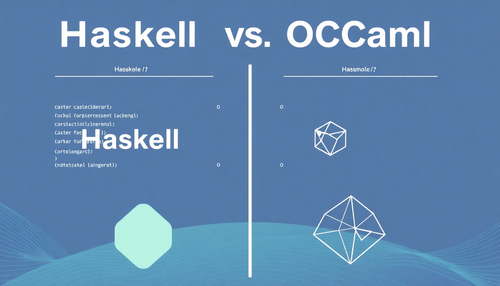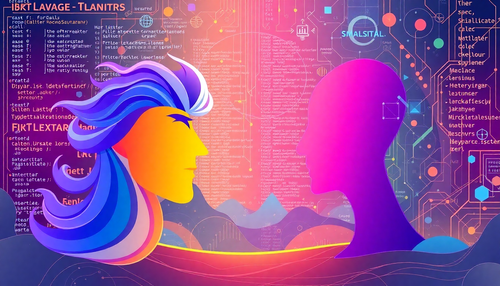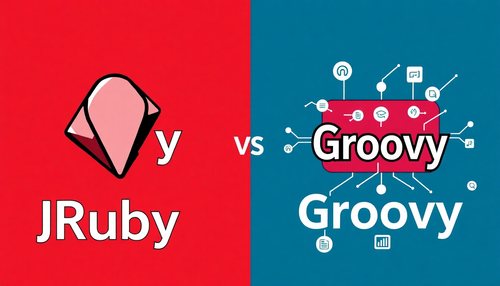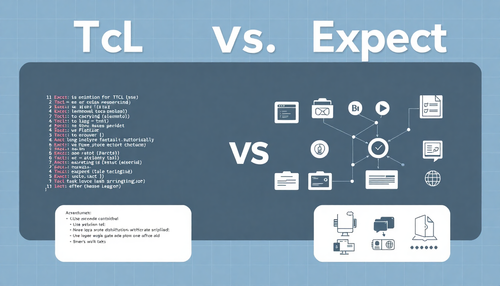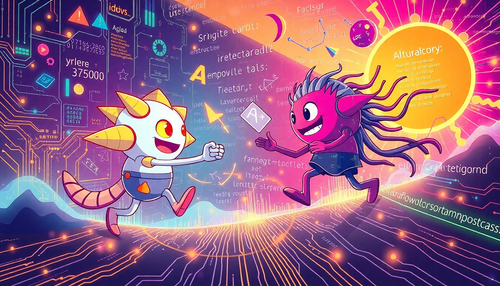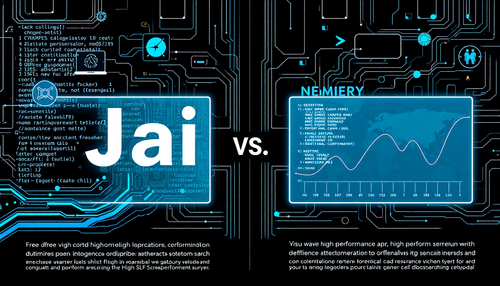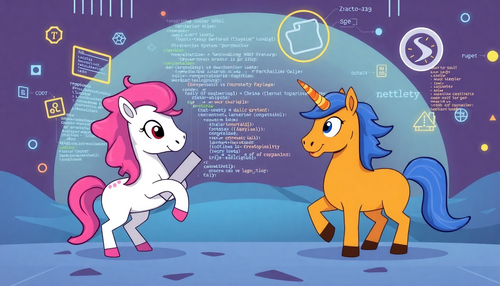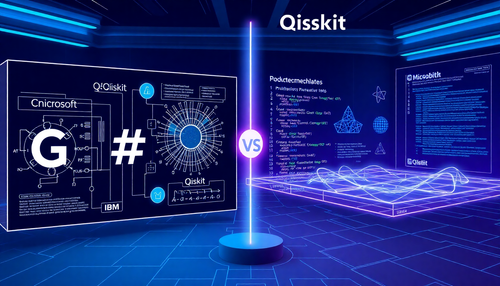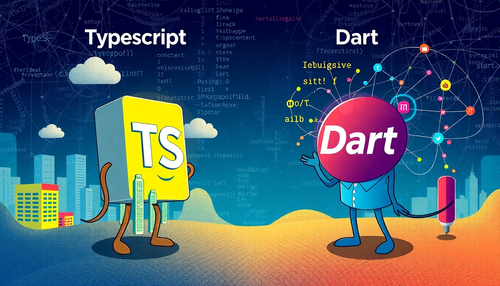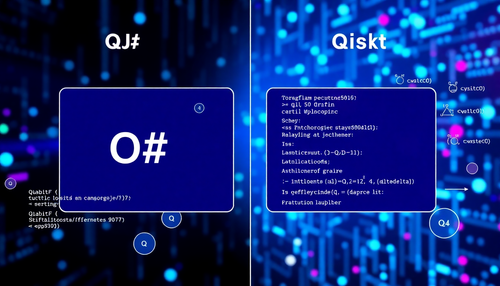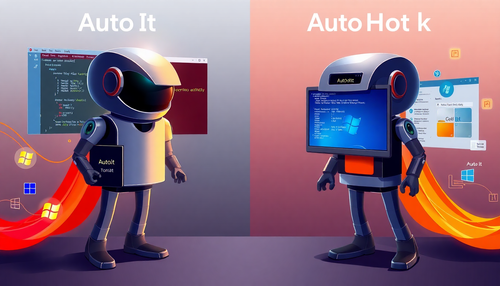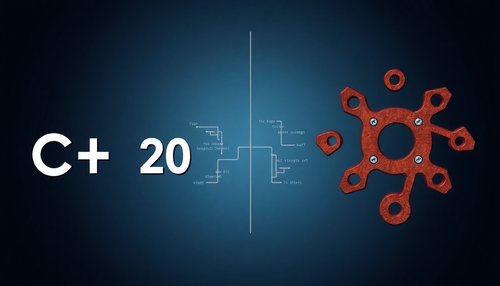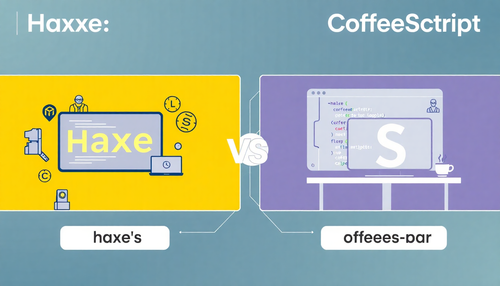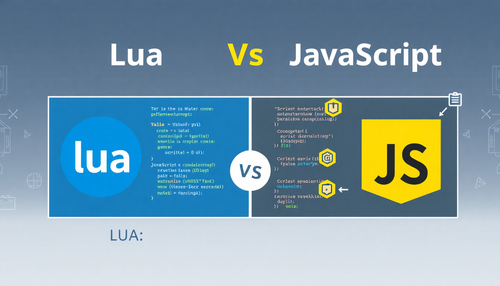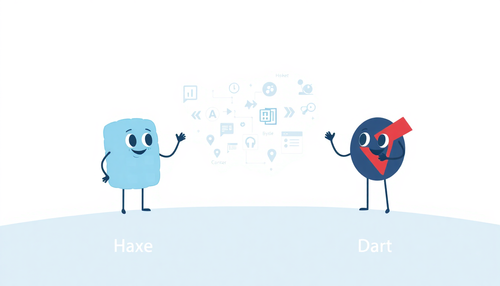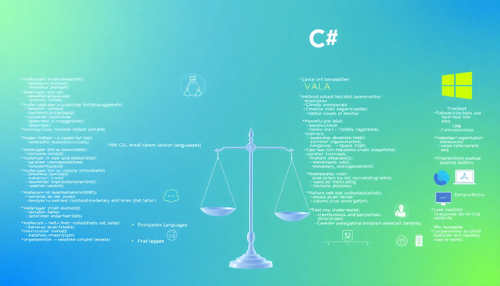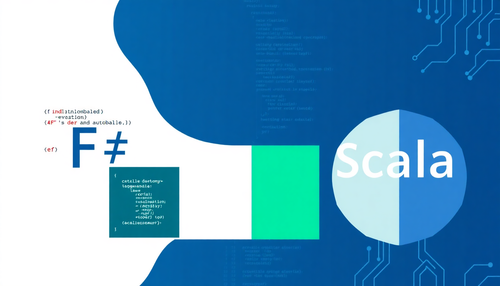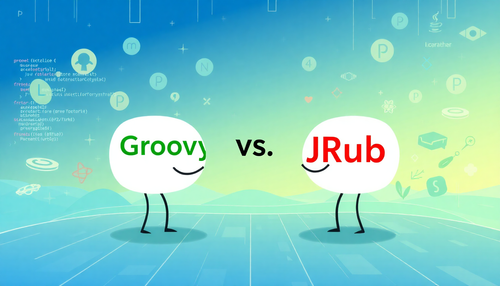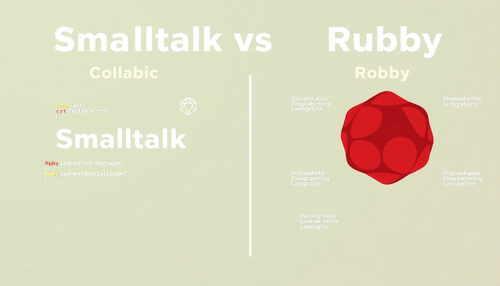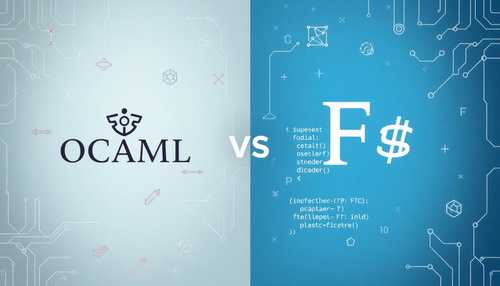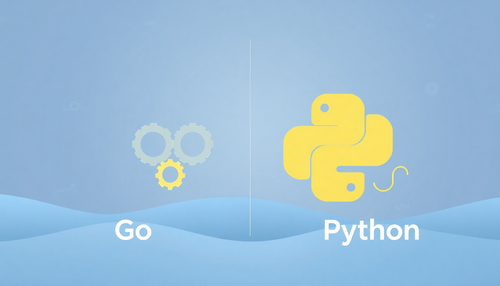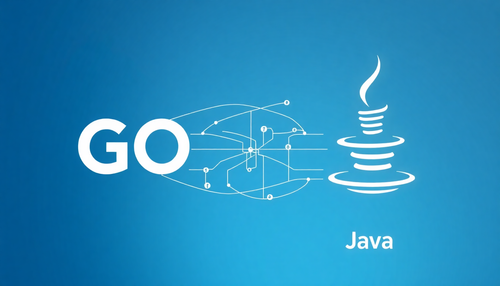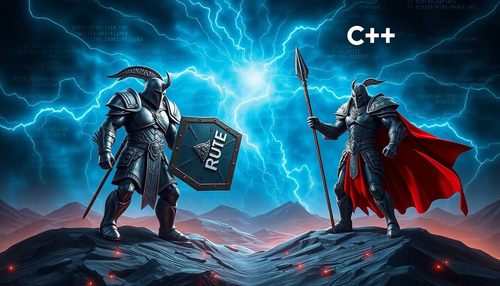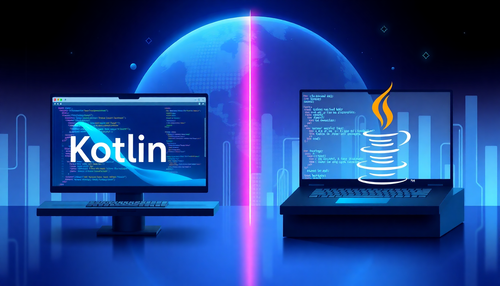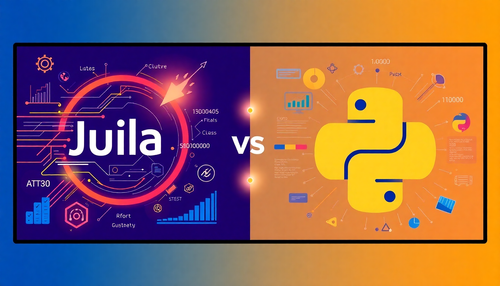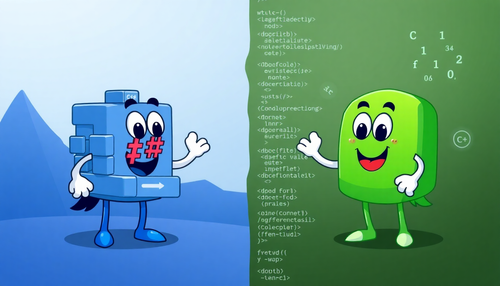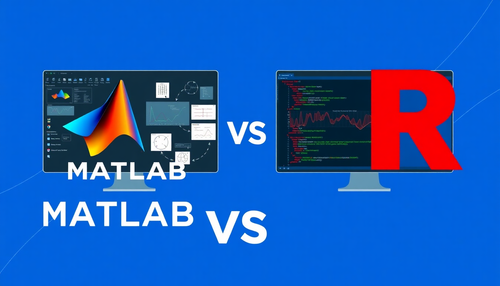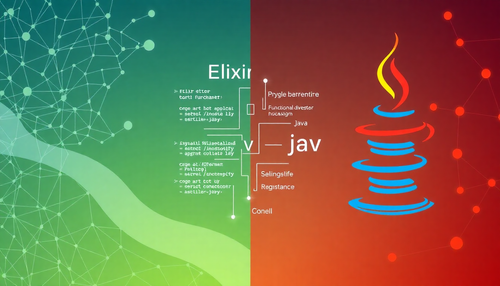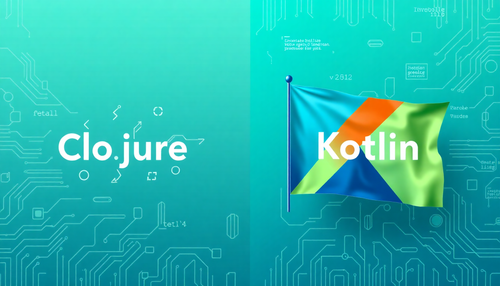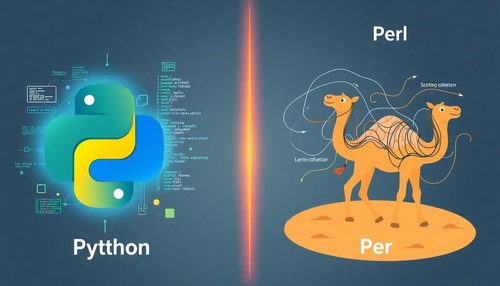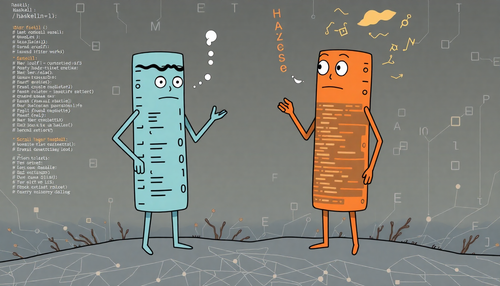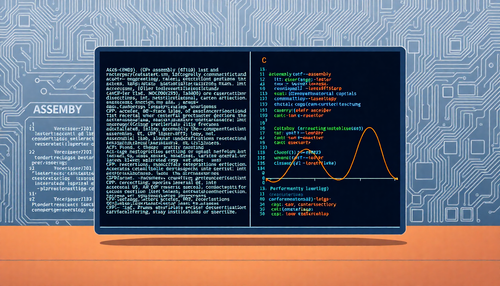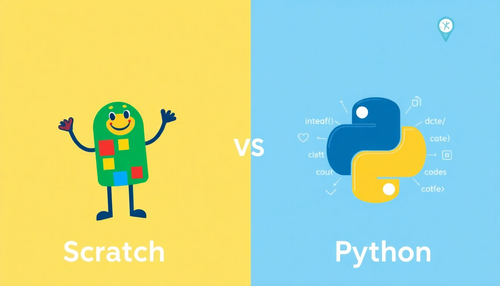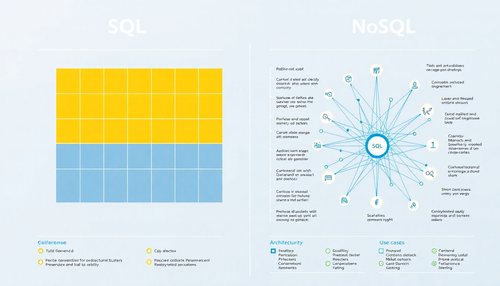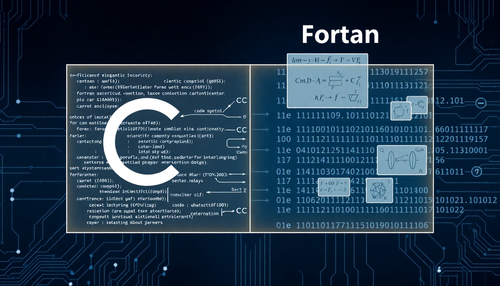Unlock the full potential of data science with leading Python libraries. From NumPy to Pandas, our comprehensive guide covers the best tools for your data projects.

Data science is a popular industry with the emergence of big data and machine learning applications. Many data scientists need an integrated way to create these applications and models. Python has become a popular language for data scientists to do just that.
Here, we will cover the t in Python libraries for data science, key features, and the pros and cons of each library. Let's start by finding out why it's important to choose the right Python libraries.
Why Choosing the Right Python Libraries for Data Science Matters
Choosing the right Python data science library can simplify data science workflows, save time, and increase productivity. Here are some key benefits of using the right libraries for data science projects:
- Greater efficiency: Data scientists can use libraries to quickly perform common tasks, which include data cleaning, preprocessing, and visualization. This saves time and resource usage.
- Improved accuracy: Choosing the right libraries can help improve the accuracy of data analysis and modeling. These libraries often provide built-in functions for statistical analysis, machine learning algorithms, and more.
- Better Visualization: Visualization libraries can help data scientists create clear, informative visualizations that can help communicate insights to stakeholders.
- Access to Advanced Techniques: Advanced libraries provide access to advanced machine learning techniques, such as neural networks, that can help data scientists in building advanced models.
By choosing the right libraries for data science, you can improve your project results. However, there are still more things to consider before choosing the right library.
Things to Consider When Choosing a Python Library for Data Analysis
There are many considerations when choosing a Python library for your data science projects. Industry, company, and project requirements may affect your criteria. However, here are some general considerations that can help guide you to the right library:
- Functionality: Consider the specific functionality needed from the library. Libraries are designed for specific functionality, such as data cleaning or machine learning modeling. Make sure the library you choose has the necessary functions.
- Easy to use: Make sure the library is easy to use. There are some libraries that are harder to learn how to leverage than others. Be careful as this can affect productivity and efficiency.
- Performance: Consider the library's performance, especially if you are working with Python and big data. Some libraries may be faster than others at processing data, which may affect project timelines.
- Compatibility: Definitely make sure the library is compatible with your current Python environment and the libraries you are using. Compatibility issues can cause problems with installation, use and integration with other tools.
- Community support: Consider the size and level of activity of the library community. When a library has an engaged community, it can provide problem-solving support.
When choosing a Python library for data science projects, consider the key factors mentioned above, carefully evaluating and choosing a library that best suits your specific needs.
Now that we know what to consider when choosing a library, let's look at the top Python packages for data science.
Top 8 Python Data Science Packages and Libraries Every Data Scientist Should Know
Let's jump into the top 8 Python data science packages and libraries that every data scientist should be familiar with.
#1 NumPy
NumPy is a fundamental package for scientific computing in Python. Offers tools for working with multidimensional arrays and matrices. It is useful for mathematical functions and statistical calculations for data science tasks. NumPy also has advanced indexing and selection capabilities, as well as casting capabilities for arithmetic and logical operations on arrays with different formats.
Main features
- Mathematical functions, including linear algebra and Fourier transforms
- Tools for working with polynomials, random numbers, and statistical distributions
- Advanced indexing and selection features
- Transmission capabilities for arithmetic and logical operations on arrays with different formats
- Ability to interface with C and Fortran code
| Pros | Cons |
| Efficient for numeric operations on large arrays | Limited support for distributed computing |
| Provides support for linear algebra, Fourier analysis, and random number generation | Steep learning curve for beginners |
| Interoperable with other scientific computing libraries | Limited support for higher-level data analysis tasks |
| Large and active user community | Less convenient for working with structured data |
#2 Pandas
Pandas is a library for manipulating and evaluating data in Python. It offers data structures for storing and processing large sets of information, as well as tools for merging, joining, and reshaping data. The library has time series capabilities and the ability to handle empty records. Pandas is important for training and data analysis tasks in data science projects.
Main features
- Provides data structures for efficient manipulation of structured data, including Series, DataFrame and Panel
- Offers tools for cleaning, merging, and reshaping data, including pivot tables and splitting and indexing tools
- Allows integration with other data science libraries including Matplotlib and Scikit-Learn
- Time series functionality
| Pros | Cons |
| Provides powerful and flexible data manipulation capabilities | Can be slow on large datasets |
| Allows the processing of structured and tabular data | Steep learning curve for beginners |
| Provides easy data cleaning, filtering and transformation | Limited support for time series and machine learning tasks |
| Provides seamless integration with other data analysis libraries | Requires some understanding of data structures and manipulation |
#3Matplotlib
Matplotlib is a preferred data visualization Python library that allows data scientists to create charts and graphs, from simple line charts to complex 3D visualizations. It is an important library to add to a data science toolkit to create informative visualizations for data science projects. Matplotlib is built on NumPy and integrates seamlessly with other Python data analysis libraries like Pandas, providing data scientists with all the flexibility and control they need to create high-quality visualizations.
Main features
- Provides a wide variety of static, animated, and interactive visualization types, including scatter plots, line charts, bar charts, histograms, and more
- Allows customization of views using a wide range of properties and settings
- Includes an object-oriented interface for creating and modifying views
| Pros | Cons |
| Provides a wide variety of visualization types and styles | Steep learning curve for beginners |
| Highly customizable and provides fine-grained control over visualizations | Can be slow on large datasets |
| Can handle large data sets and create complex visualizations | Limited support for interactive visualizations |
| Provides compatibility with other data analysis libraries | May require more coding for complex visualizations |
#4 Scikit-Learn
Scikit-Learn is essential for any data scientist who needs a library for machine learning. It comes equipped with built-in classifiers to help streamline your data science needs. Some of these classifiers include logistic regression, K nearest neighbors, decision trees, and more. It also has useful tools like confusion matrices, classification reports, and feature extraction.
Main features
- Classification algorithms, including k-nearest neighbors, logistic regression, decision trees, and support vector machines
- Regression algorithms including linear regression, ridge regression, and Lasso regression
- Clustering algorithms, including k-means clustering and hierarchical clustering
- Feature selection and dimensionality reduction algorithms
- Model selection and cross-validation tools
| Pros | Cons |
| Provides a wide range of machine learning algorithms | Limited support for deep learning tasks |
| Supports supervised and unsupervised learning | Some algorithms may require hyperparameter tuning |
| Provides integrated tools for data preprocessing, model selection and evaluation | Can consume a lot of memory for large data sets |
| Offers easy integration with other data analysis libraries | May require some understanding of statistical concepts |
#5 Science
SciPy is a set of convenient mathematical algorithms and functions built on Python's NumPy extension. It offers high-level commands and classes for data manipulation and visualization, making it a powerful addition to the interactive Python session. Data scientists can benefit from using SciPy for tasks such as data optimization, integration, and statistical analysis.
Main features
- Provides a wide range of tools for scientific computing, including optimization, linear algebra, signal and image processing, and more
- Includes a variety of routines for special functions, including gamma functions, Bessel functions, and more
- Offers integration with other data science libraries including NumPy and Pandas
- Signal processing capabilities including filtering and Fourier transforms
- Statistical testing and hypothesis testing tools
| Pros | Cons |
| Provides many scientific computing tools and algorithm options | Limited support for distributed computing |
| Offers a variety of modules for optimization, signal processing, interpolation and more | Steep learning curve for beginners |
| Provides easy integration with other data analysis libraries | Some modules may require domain-specific knowledge |
| Large and active user community | May require some understanding of mathematical concepts |
#6 TensorFlow
Tensor Flow is a cool open source framework for machine learning. Developed by the folks at Google, it allows data scientists to create graphs that show how data flows through various processing nodes. Each node represents a specific mathematical operation, and they are all connected by multidimensional data arrays known as tensors. Data scientists should use TensorFlow because it offers a powerful platform for building, training, and deploying machine learning models at scale.
Main features
- High-level API for creating and training deep neural networks
- Support for GPUs and distributed computing
- TensorBoard visualization capabilities for monitoring and debugging neural networks
- Pre-built neural network architectures for image and speech recognition
- Support for reinforcement learning and generative models
| Pros | Cons |
| Provides a scalable framework for deep learning | Difficult to learn for beginners |
| Supports both high- and low-level APIs | Can be resource intensive for large models |
| Provides distributed training and inference capabilities | Limited support for non-deep learning tasks |
| Offers seamless integration with other data analysis libraries | May require an understanding of neural network concepts |
#7 Wants
Keras is an excellent open source deep learning library. It's super easy to use and makes it easy to create and train deep neural networks. Even for an inexperienced data scientist, Keras is flexible and extensible enough to be used by anyone. Plus, it works seamlessly with other popular deep learning frameworks like TensorFlow and Theano. With Keras, you can create all types of deep learning models, from CNNs to RNNs and more. It is very powerful and perfect for creating complex models quickly.
Main features
- High-level API for building and training neural networks
- Support for convolutional neural networks, recurrent neural networks, and more
- Rapid prototyping and experimentation capabilities
- Customizable loss functions and metrics
- Support for transfer learning and fine-tuning of pre-trained models
| Pros | Cons |
| Provides a high-level API for building and training neural networks | Limited support for low-level customization |
| Offers easy experimentation with different model architectures | May require some understanding of neural network concepts |
| Provides seamless integration with other deep learning libraries | Limited support for non-deep learning tasks |
| Enables efficient training on CPUs and GPUs | Limited support for distributed training |
#8 PyTorch
PyTorch is an open-source machine learning library widely used by data scientists and researchers to create and train deep neural networks. Developed by Facebook's AI research team, it is written in Python, making it easy to integrate with other Python libraries. This library provides a dynamic computational graph that helps data scientists easily build and update neural networks. This allows them to test different architectures and algorithms. It even supports automatic differentiation, which automatically calculates gradients and reduces the code required to train a model.
Main features
- Dynamic compute graphs for flexible and efficient neural network training
- Built-in support for CUDA and GPUs
- Integration with NumPy and Python
- Pre-built neural network architectures for computer vision and natural language processing
- Support for research and production use cases
- Provides an open source machine learning library based on the Torch library
| Pros | Cons |
| Provides a flexible and dynamic framework for deep learning | Limited support for non-deep learning tasks |
| Supports both static and dynamic compute graphs | Learning curve for beginners |
| Provides seamless integration with other data analysis libraries | Can be resource intensive for large models |
| Allows easy experimentation with different model architectures | Limited support for distributed training |
| Provides efficient training on CPUs and GPUs | May require some understanding of neural network concepts |
Conclusion
Data scientists often opt for Python as their preferred programming language for data science because it is easy to use, with many libraries and tools available. Each library for use in data science comes equipped with its own set of features and benefits; therefore, selecting the best library to achieve top-notch results is critical for successful data science projects.
Python best practices encourage data scientists to have an in-depth understanding of these libraries while staying up to date on recent advancements in their industry. By following these best practices, data scientists can take advantage of Python's powerful libraries to create advanced machine learning models and help organizations make data-driven decisions.
Common questions
Why do we use Python libraries for data science?
Python libraries are used for data science because they provide effective tools for working with large and complex data sets, while also offering a lot of useful functionality for data science projects and tasks. This is why Python is a popular and high-demand language in the field of data science.
Is Django used in data science?
Django is not commonly used in data science. It is a web framework for building web applications and does not provide specific functionality for data science tasks.
Which is better for data science, Python or R?
Both Python and R are good choices for data science, with their own strengths and weaknesses. The choice depends on the specific projects and requirements.
How can I improve my skills in using Python libraries for data science?
Improve your skills by practicing with real datasets, exploring each library's documentation, participating in community forums, and contributing to open source projects. Keeping up to date with the latest developments through workshops and webinars is also crucial.
Can Python libraries for data science be used for big data projects?
Yes, for big data projects, libraries like PySpark and Dask enable distributed computing and manipulation of datasets larger than machine memory, making Python suitable for big data applications.
How do Python libraries for data science integrate with other tools and technologies?
Python data science libraries integrate with databases, web apps, and cloud services, supporting interoperability with tools like Flask, Django, AWS, Google Cloud, and Azure for comprehensive data science and learning projects. machine.
If you liked this article, check out one of our other Python articles.
- Best Python Libraries for Modern Developers
- 8 Best Sentiment Analysis Libraries in Python
- 4 best web scraping libraries in Python
- Want to be a data scientist? Learn Python!
- Diving into Django's REST framework
Source: BairesDev



